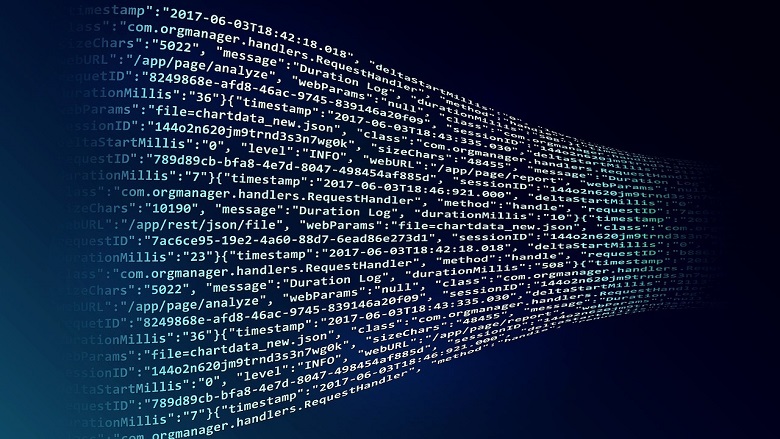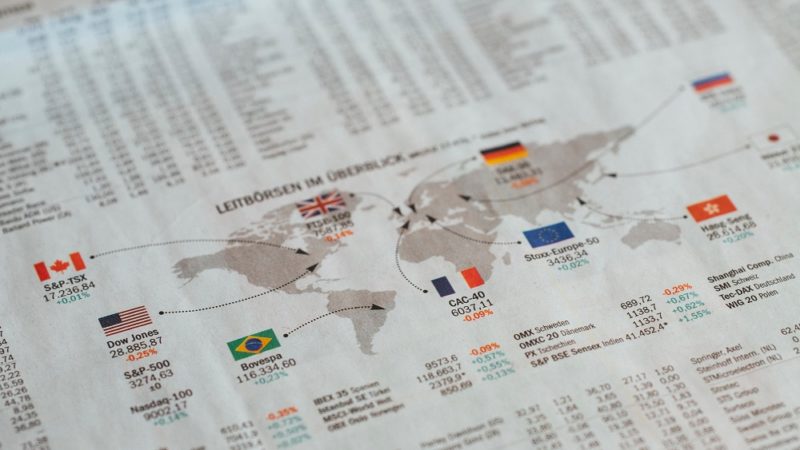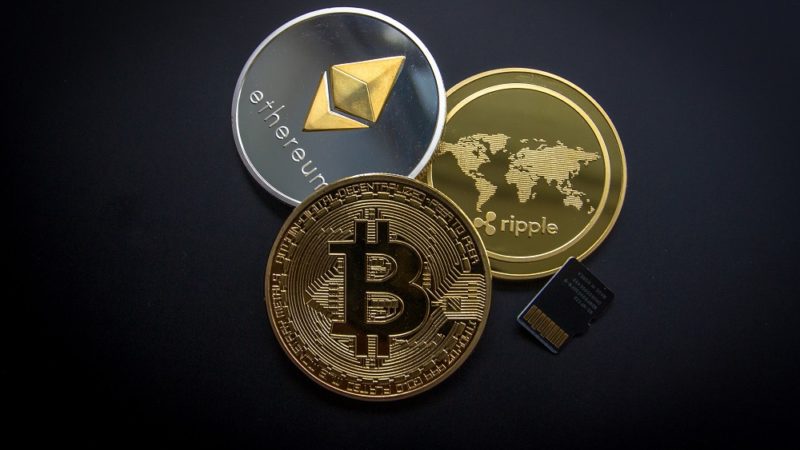Know It All About Distributed Ledger and Its Functioning

A distributed ledger is fundamentally a database that is collectively shared as well as synchronized throughout a network spread across various sites, or geographies. It enables the transactions to be witnessed by the public, in turn, making a cyber-attack or hacking comparatively more difficult. The participant at each node associated with the network can access the records shared across that network and can have an identical copy of it. Later on, any changes or inclusions made to the ledger are reflected and then copied to all the participants in a few seconds or minutes. Based on the distributed ledger technology is the blockchain, i.e., the technology that runs Bitcoin.
- Ledgers are the foundation of accounting. In the old times, the medium to maintain accounts has been clay, stone, wooden tally sticks, paper, and papyrus. Once computers became popular in the 1980s and ’90s, paper records were started to be digitized using manual data entry most of the time.
- Such digital ledgers mimicked the cataloging, accounting of the paper-dependent world, and it could be explained that digitization has been implemented more to the logistics of paper documents instead of their creation. Paper-dependent institutions have been the backbone of our society: money, written signatures, certificates, seals, bills, and the adoption of double-entry bookkeeping.
- Computing capacity and breakthroughs in cryptography, with the discovery and use of some advanced and exciting algorithms, have allowed the introduction of distributed ledgers.
- In simple words, a distributed ledger is a real-time database stored and updated independently by each participant/node in an extensive network. The distribution is exclusive: records are not communicated to several nodes by a central authority but are individually constructed and kept by every node. Thus, every node on the network contributes equally to process every transaction, talking about its conclusions and after that, voting on those conclusions to make the majority get agreed to the conclusions.
- Once there is the majority of opinion, the distributed ledger is being updated, and all nodes manage their own identical copy of the accounting ledger. This architecture provides a new dexterity as a network of records that goes far ahead than just being a simple database.
- Distributed Ledger is a dynamic sort of media and has properties as well as capabilities that are more than that of static paper-based ledgers.
- These distributed ledgers enable us to formalize and protect ‘new relationships’ in the digital world. These ‘relationships’ are being called ‘new’ due to the fact that the cost of trust is neglected because of the architecture as well as the qualities of distributed ledgers.
- The invention of distributed ledgers shows a revolution in how information is collected and communicated. It can be applied to both static (registry), as well as dynamic (transactions) data. Distributed ledgers facilitate users to move beyond the usual custodianship of a database and concentrate energy on how we use, alter, and collect value from databases. A distributed ledger is less about managing a database, and more about maintaining a system of record.






